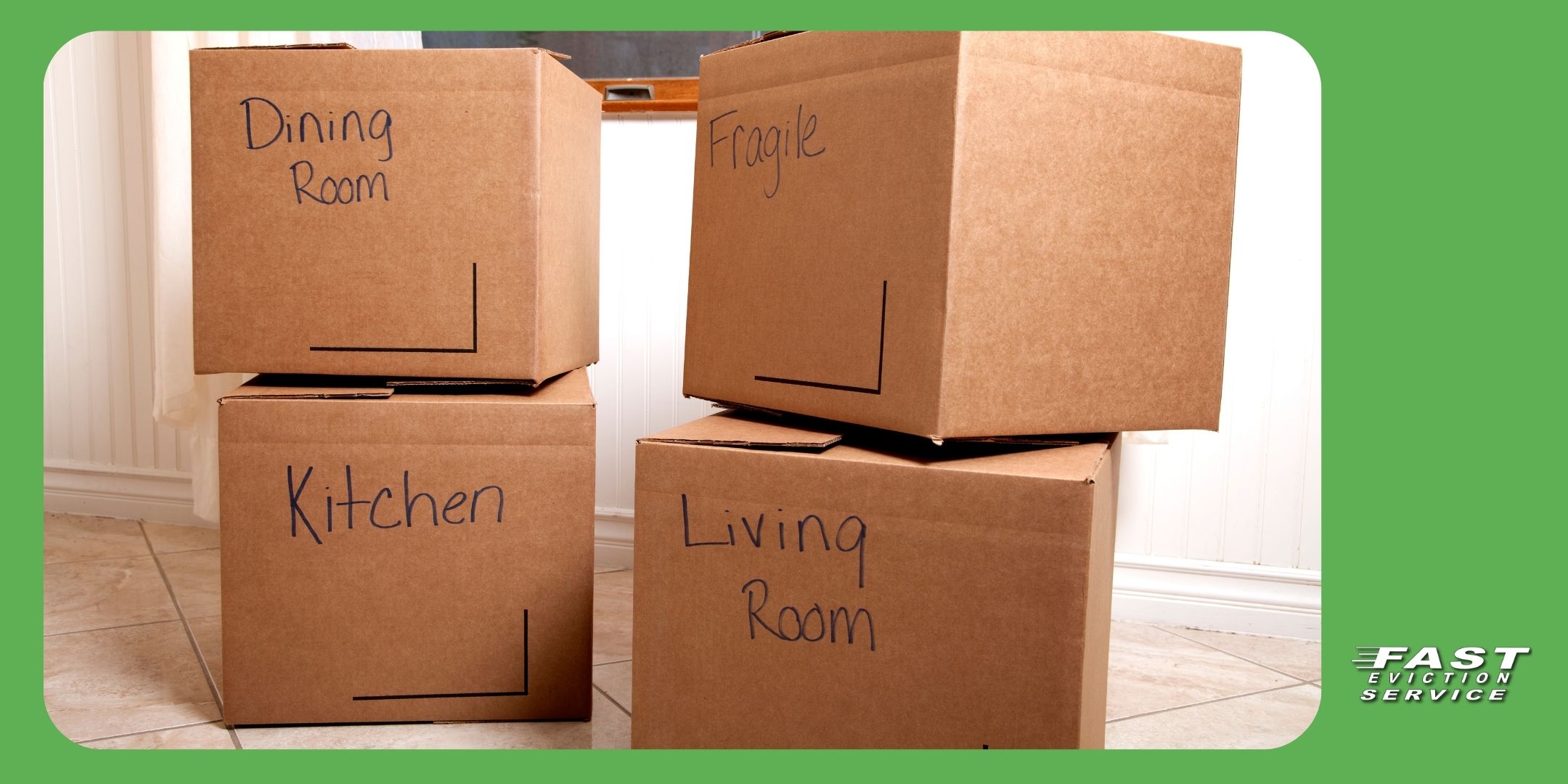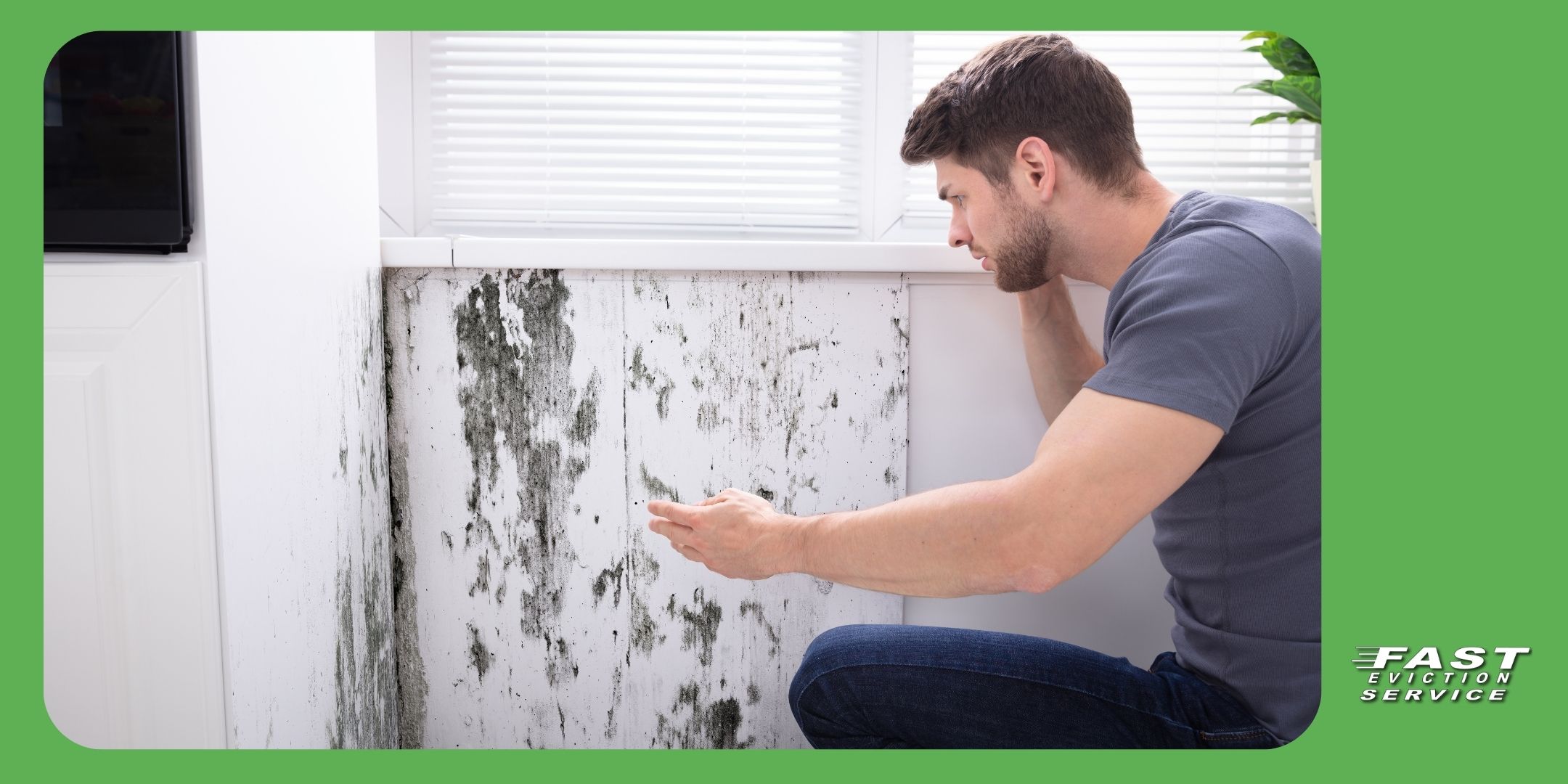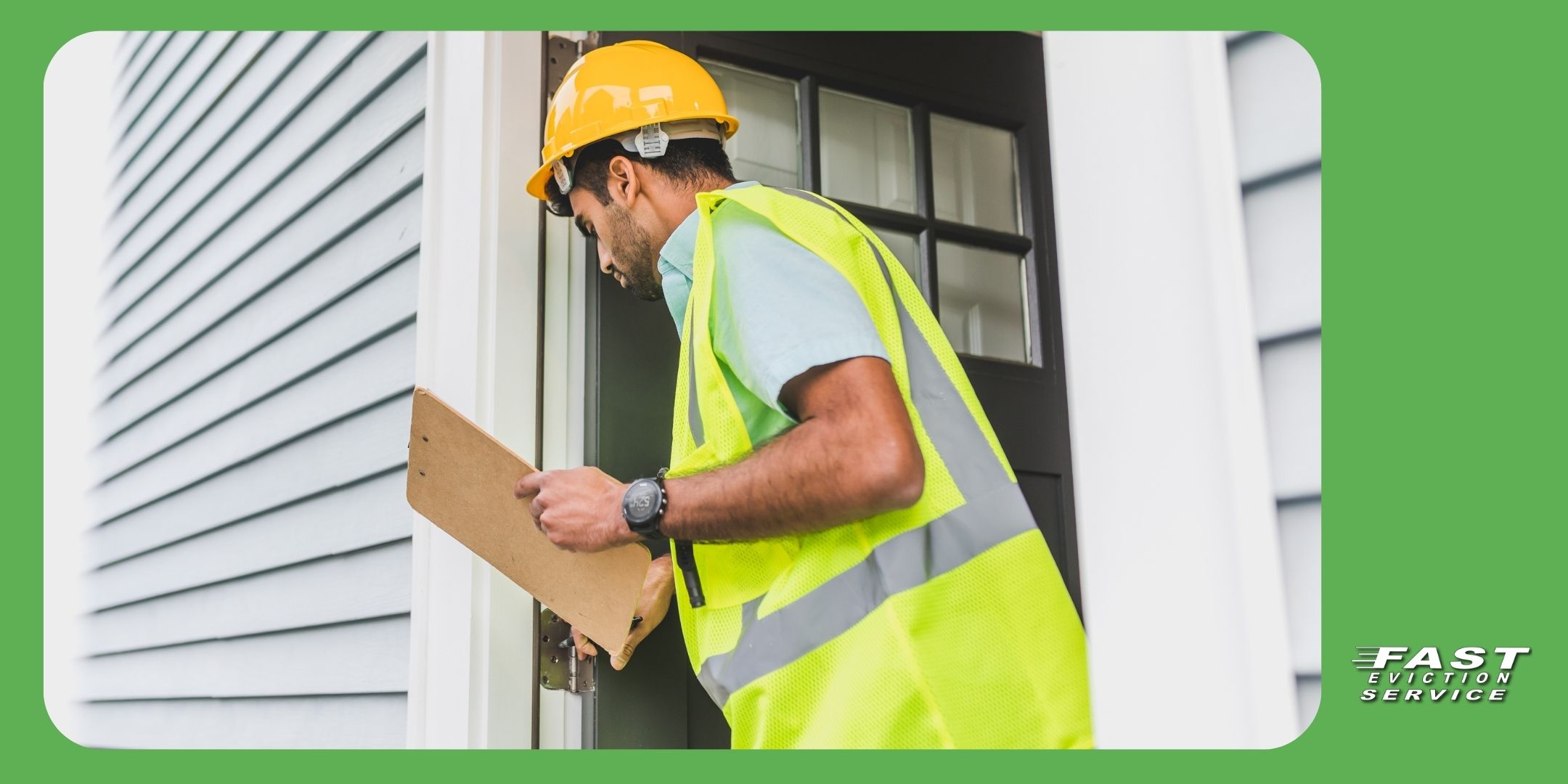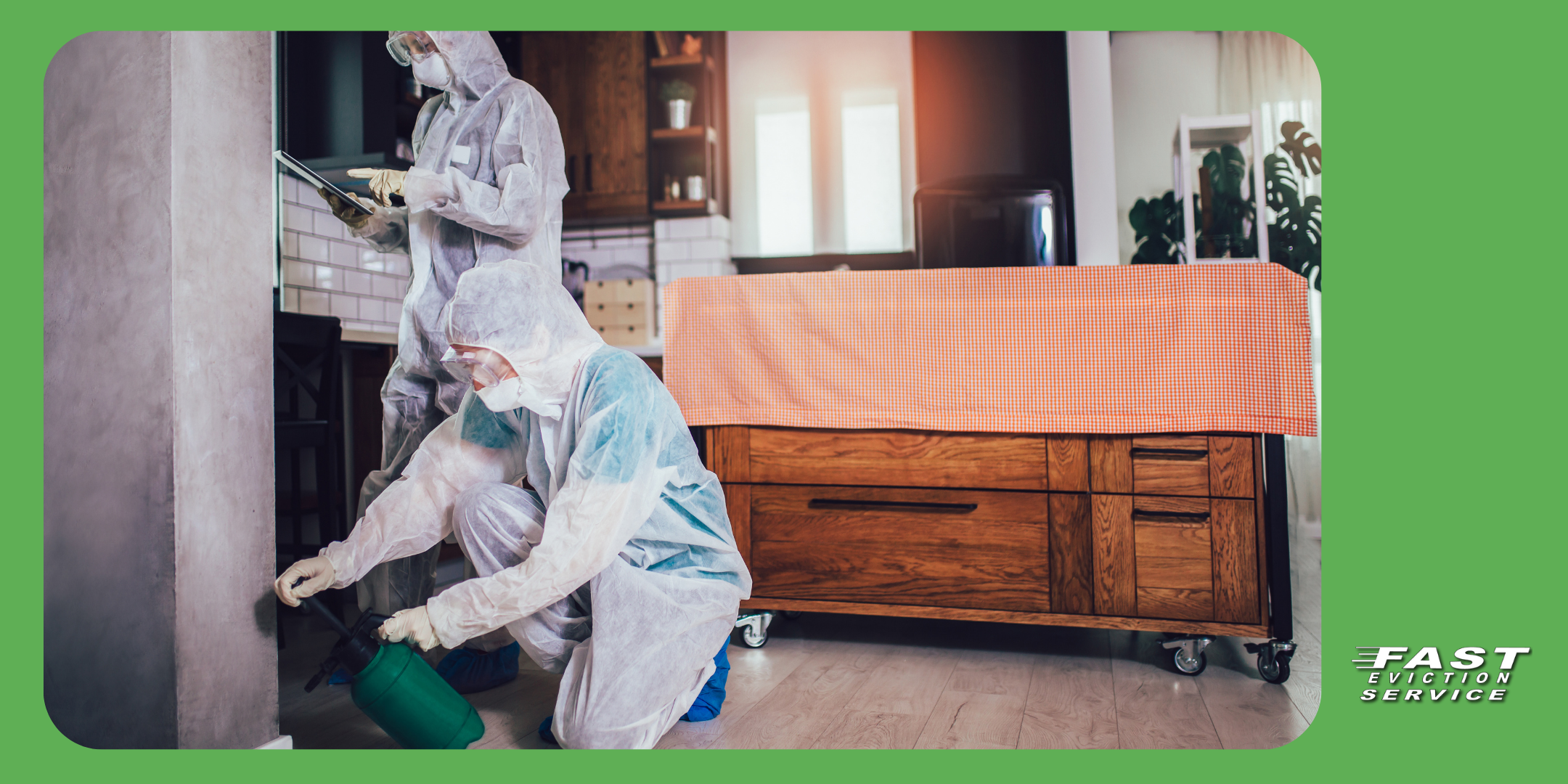Updated 11/04/24
As a landlord, understanding your obligations is crucial for a successful rental business. Among those responsibilities is the implied warranty of habitability—a fundamental legal concept that ensures tenants have a safe, livable space. But what exactly does the implied warranty of habitability mean, and how can you ensure compliance? In this article, we’ll break down the basics, giving landlords a clear view of this requirement, why it matters, and actionable steps to meet it.
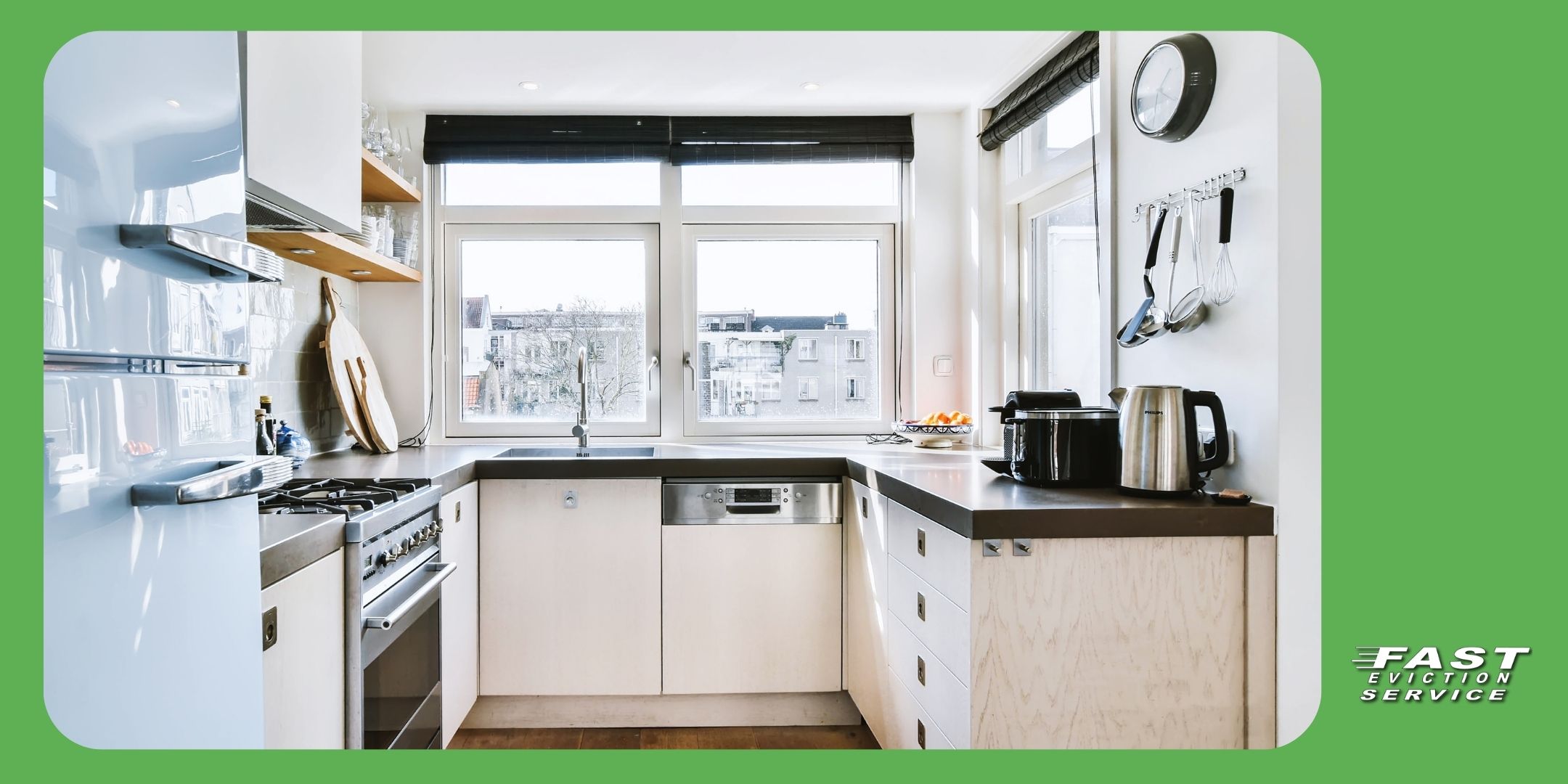
Table of Contents
- What is the Implied Warranty of Habitability?
- Key Elements of Habitability
- Why the Implied Warranty of Habitability Matters
- How to Comply with the Implied Warranty of Habitability
- Consequences of Non-Compliance
- Frequently Asked Questions (FAQs)
What is the Implied Warranty of Habitability?
The implied warranty of habitability is a legal doctrine requiring landlords to maintain rental properties in a condition fit for human habitation. This warranty is “implied” because it doesn’t need to be written into a lease agreement—it’s automatically a part of any residential lease contract. The idea is to protect tenants’ right to safe, livable housing, regardless of the specific terms of their rental agreement.
While the exact standards vary by jurisdiction, the warranty generally covers aspects that ensure tenants have access to basic, functional living conditions. This means the property must meet minimum safety, health, and structural standards.
Key Elements of Habitability
To comply with the implied warranty of habitability, landlords need to focus on several core elements. Here’s a closer look at what these typically include:
- Safety: Landlords must ensure the rental property is structurally sound, with doors, windows, floors, and walls in good repair. This also includes functional locks, safe electrical wiring, and, if applicable, working fire alarms and extinguishers.
- Utilities and Plumbing: The property should have consistent access to essential utilities, including running water, electricity, and heating. In colder regions, functional heating is often legally required, especially during winter.
- Sanitation: Landlords should provide adequate plumbing, free from leaks, with properly functioning toilets, sinks, and showers. This also includes maintaining areas free from infestations, like pests or mold.
- Protection Against Hazards: The home should not expose tenants to environmental hazards like lead, asbestos, or other dangerous substances, as regulated by local laws.
Why Implied Warranty of Habitability Matters
Understanding and adhering to the implied warranty of habitability is crucial not just for legal reasons, but also for fostering a positive landlord-tenant relationship. Here’s why it matters:
- Legal Compliance: Violating this warranty can lead to legal disputes and costly penalties. Tenants can pursue legal remedies, including withholding rent or even terminating the lease without penalty.
- Tenant Retention: When tenants feel their housing is safe and well-maintained, they’re more likely to renew their lease, reducing turnover and associated costs.
- Reputation: Landlords who uphold their habitability obligations build a strong reputation, which can help attract quality tenants in the future.
How to Comply with the Implied Warranty of Habitability
Ensuring compliance with the implied warranty of habitability involves proactive property management and prompt response to tenant issues. Here’s a roadmap for landlords:
Routine Maintenance and Inspections
Proactively address maintenance needs by conducting regular inspections. Check for potential hazards like broken fixtures, leaky roofs, or malfunctioning smoke detectors. Routine inspections help you identify issues before they become major problems, minimizing the risk of habitability complaints.
Timely Repairs
Act quickly on repair requests, especially for essential utilities like heat, water, and electricity. If tenants report issues affecting their health or safety, prioritize these repairs. A timely response not only keeps you in compliance but also improves tenant satisfaction.
Adhere to Local Codes
Local building codes often dictate specific habitability requirements. Familiarize yourself with these standards and ensure your property meets or exceeds them. This includes having up-to-date certificates for safety systems, like smoke alarms and CO2 detectors, as well as meeting zoning or sanitation regulations.
Keep Records
Document all maintenance requests and repairs. Keeping a detailed record of your property’s maintenance history can be useful in case of disputes, providing evidence of your efforts to maintain a habitable rental.
Emergency Preparedness
Be prepared for emergencies by having an action plan for essential repairs outside of business hours. This could include having contact information for emergency plumbers or electricians who can handle urgent issues like gas leaks or water pipe bursts.
Consequences of Non-Compliance
Failing to meet the implied warranty of habitability can have serious consequences. Some potential repercussions include:
- Rent Abatement or Withholding: Tenants may have the legal right to withhold rent until repairs are made or demand a reduced rent.
- Legal Liability: Tenants may pursue legal action if they believe their safety or well-being has been compromised. This could result in costly fines or judgments against the landlord.
- Lease Termination: In severe cases, tenants may be legally entitled to terminate the lease without penalty, leading to vacancy and lost rental income.
By adhering to the implied warranty of habitability, landlords not only avoid these potential consequences but also create a safer, more stable rental environment that benefits both parties.
Frequently Asked Questions (FAQs)
1. What if my tenant damages the property and it becomes uninhabitable?
If tenant-caused damage renders a property uninhabitable, the landlord may still be required to make repairs, but they can hold the tenant responsible for the costs. Document the damage, communicate openly, and consult with legal counsel if needed.
2. Can a tenant withhold rent if I don’t make repairs on time?
Yes, in many states, tenants have the right to withhold rent if the landlord fails to make necessary repairs. However, the specific conditions vary, so it’s essential to know your local laws regarding rent withholding.
3. Do I need to put the implied warranty of habitability in writing?
No, the implied warranty of habitability is automatically part of all residential leases, regardless of whether it’s mentioned in the lease agreement. However, landlords should clearly outline maintenance responsibilities to help manage expectations.
Meeting the implied warranty of habitability is both a legal obligation and an opportunity to maintain a high standard for your rental business. By following best practices, landlords can create safe, habitable environments that encourage tenant satisfaction and long-term occupancy.

